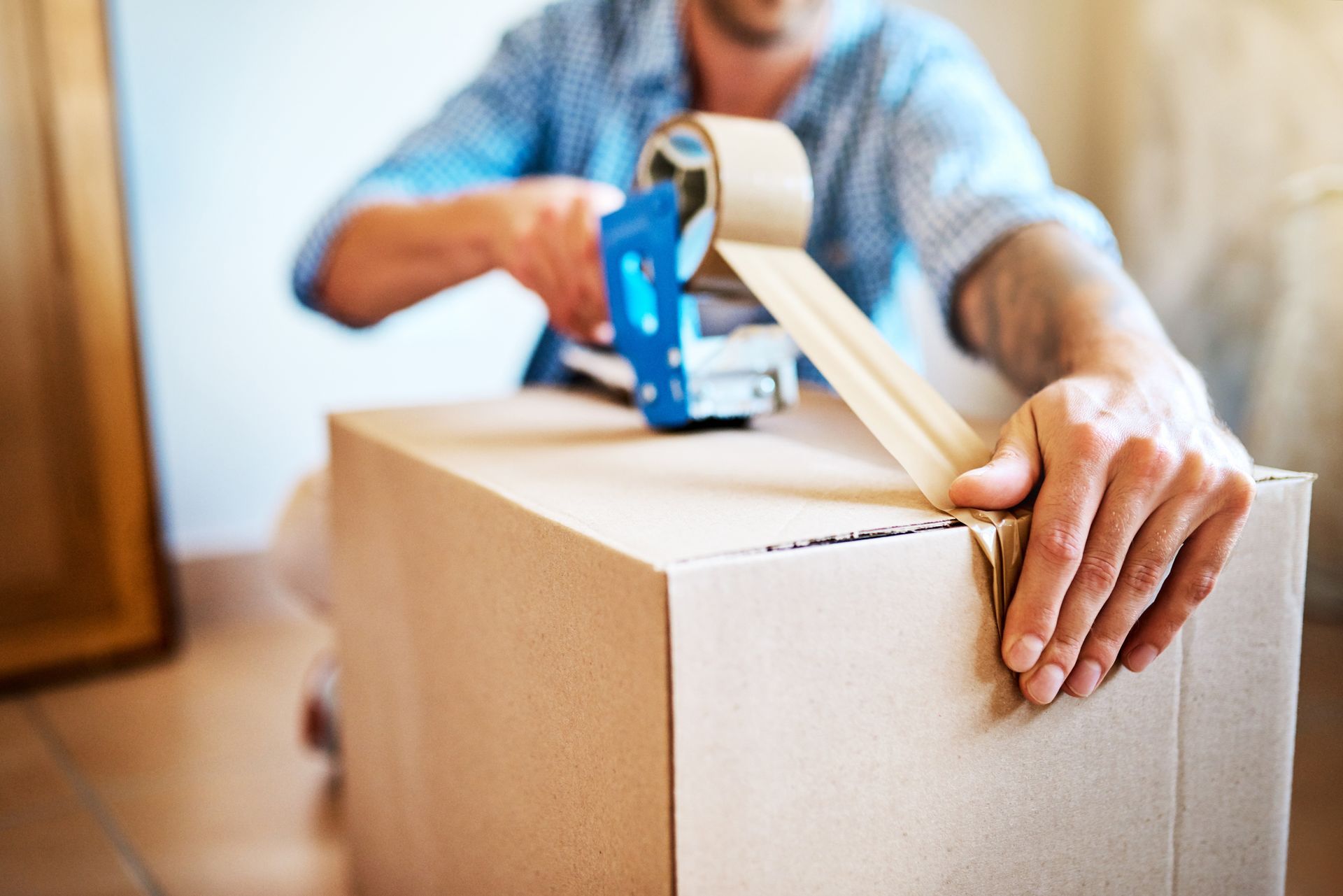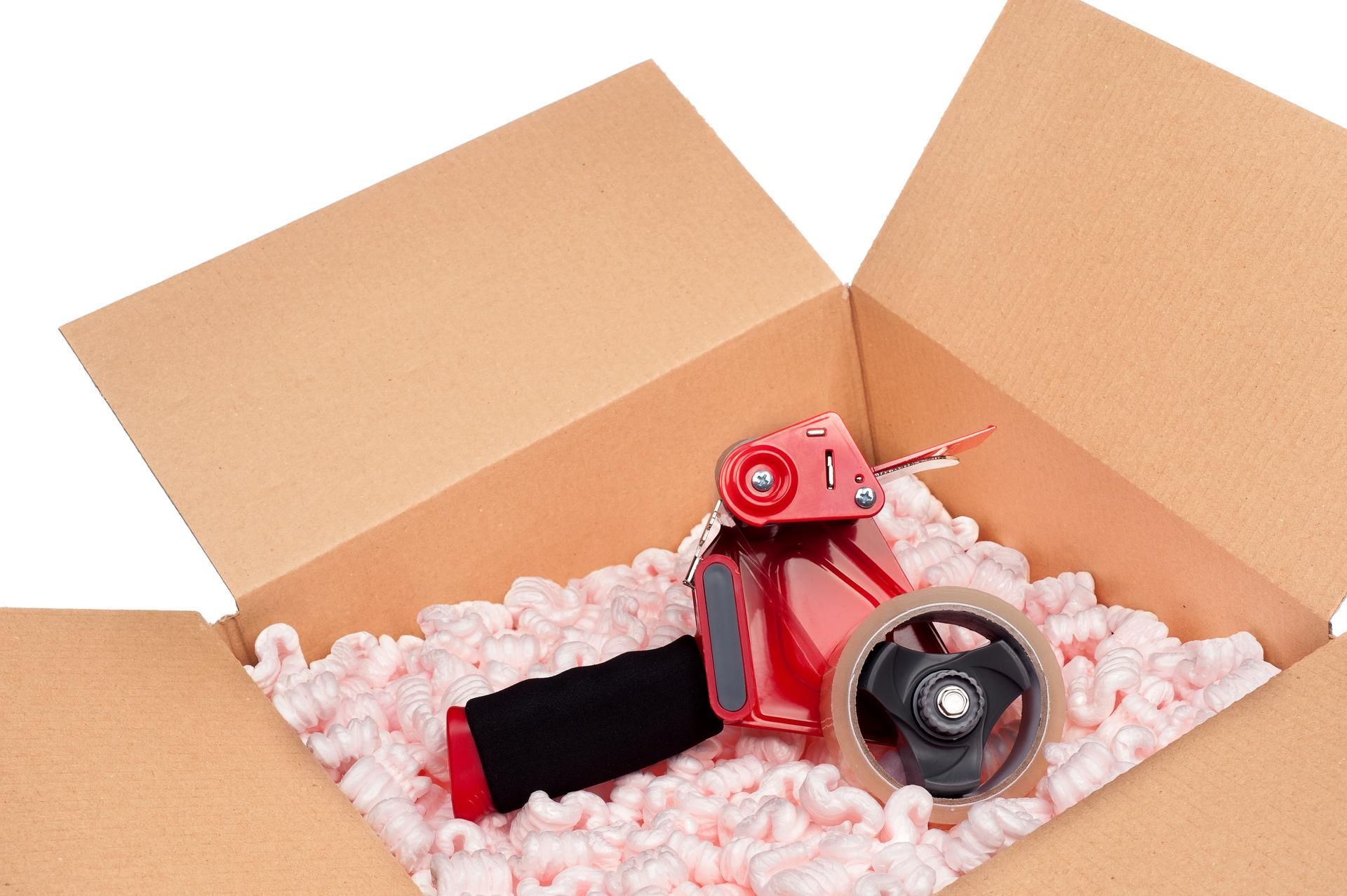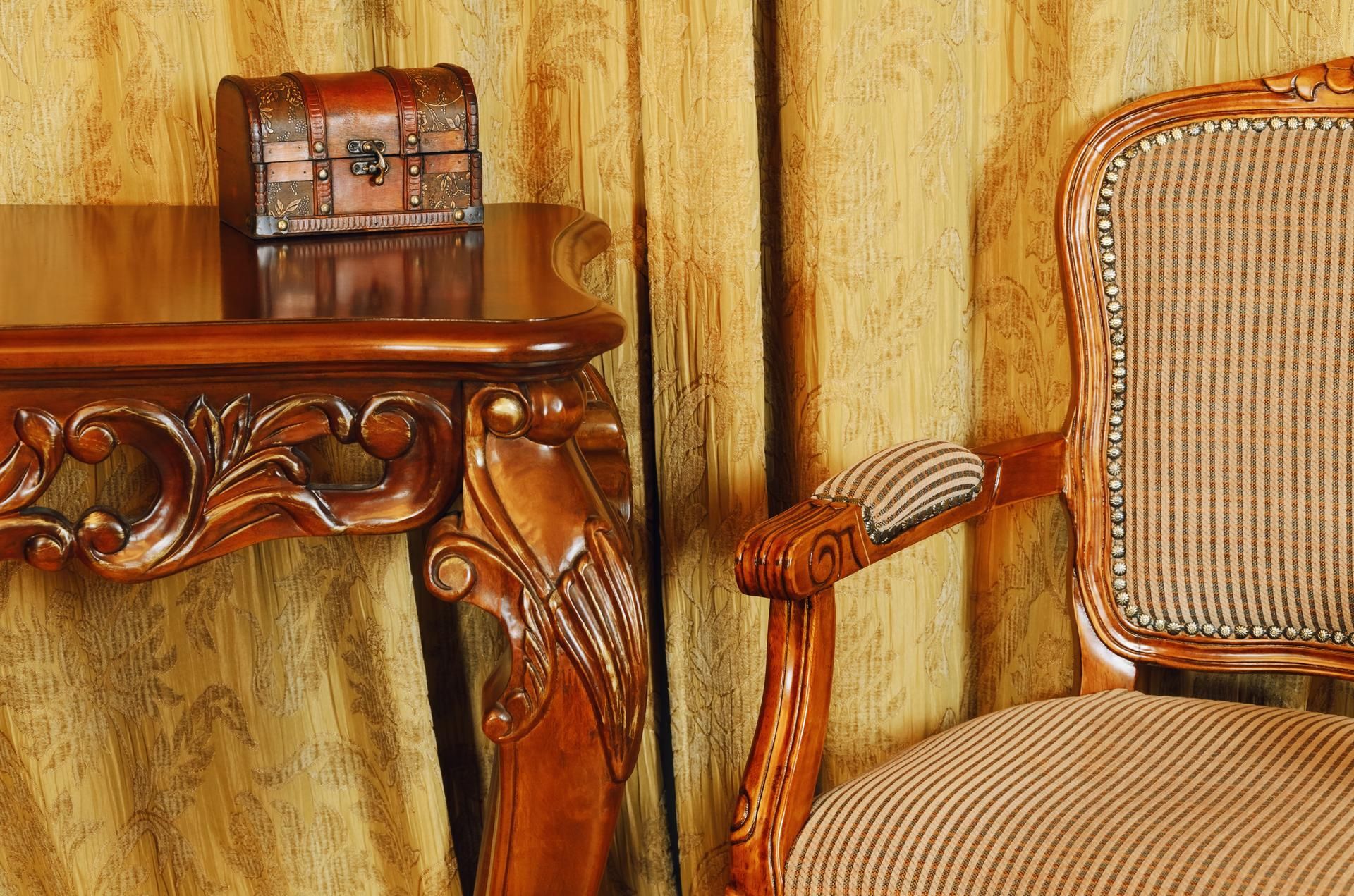Boxes, Bins, And Bags, Oh My! Questions to Ask Before You Store
You're
ready to start the packing process and you don't know which option is
best. Should you use cardboard boxes, plastic bins, garbage bags,
totes, or something else for storage? Take a look at the top
questions to ask before you decide how to store and what type of
container to use.
Do You Have Heavy Items to Store?
How heavy are your to-store selections? While there are no strict weight cut-offs, common sense should guide your choice of storage container. If you have:
- Several heavy items . Choose heavy-duty plastic tubs to transport and store weighty picks. Multiple heavy items (such as piles of hardback books) can break through a cardboard box or plastic bag.
- Several light items . Pack belongings such as summer clothing, plush children's toys, or bed linens in thick cardboard boxes (secure the seams with packing tape), plastic bins, or bags.
- One item . Wrap a heavy item, such as a stone sculpture, in plastic or another protective layer and store it as-is. One light item can go with other similarly weighted items in boxes, bins, or bags.
What should you do if the items are middle-weight? Read on for more information on additional questions to ask.
Are the Items Fragile?
Glass, ceramics, and other breakables require specialized storage solutions. If you have delicate items to store consider storage that is:
- Sturdy . Garbage bags and canvas totes are too flimsy to adequately hold your breakable belongings. Thick cardboard boxes or plastic tubs are better choices for fragile items.
- Cushioned . Protect breakables with a cushioned box or a bin that provides space for an added layer of towels or bubble wrap.
- Sized correctly . A large plastic bin and two or three breakable champagne flutes won't mix. Match the box or bin with the number of items (or size of an item) you need to store. This prevents slipping, sliding, binding, and unnecessary breakage.
After you choose the right size of box or bin, wrap each breakable individually or use dividers to separate glassware. Some cardboard boxes come with ready-made corrugated dividers that can keep stemware, barware, and other similar breakables safe.
Are the Items Soft or Rigid?
Soft items are often easier to store. These belongings can roll, fold, or move into other shapes. The top soft storage solutions include:
- Garbage bags . Towels, linens, and casual clothing (items that won't wrinkle easily) can all go into garbage bags. This option is inexpensive, easy to find, and easy to move.
- Fabric totes . Tote bags are ideal for rolled towels, soft children's toys, socks, casual clothes, and bed linens. You can quickly fill and transport totes. The open-top bag style makes it easy to see, and find, what's inside.
- Cardboard boxes . Even though boxes don't provide the same easy-to-fit advantages of bags, this more rigid option is still an alternative for soft item storage. The light-weight design of cardboard makes this packing material easy to lift and store.
Rigid items typically don't store well in bags or thin cardboard boxes—especially if they have sharp edges or corners. These can break through a bag or the side of a cardboard box and cause damage.
Do You Need to Stack Your Storage?
A smaller-sized storage unite requires creative organization. Instead of side-to-side horizontal storage, you may need to stack everything vertically. If this is the case:
- Choose bins . Plastic bins are easy to stack. This sturdy option won't bend or break under normal use.
- Choose reinforced thick cardboard . If you have light-weight items to store, you can also use thick cardboard boxes reinforced with packing tape.
- Don't use bags . Bags won't stack easily. An attempt to stack garbage or similar bags will most likely end with a cascade of items into your storage unit.
Even though plastic bins and some reinforced cardboard boxes are stackable, never place heavier items on top of lighter ones. This can lead to serious damage over time.
Do you need a self-storage rental? Contact Tysons Self Storagefor more information.
















